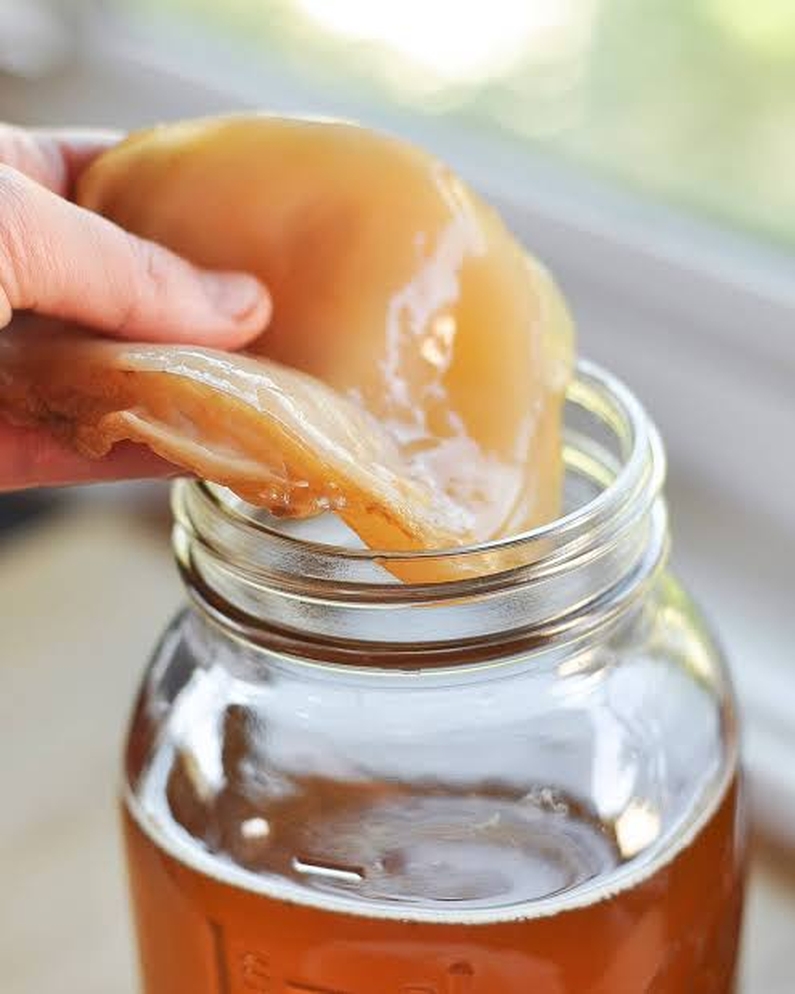
Ultimate Guide to Brewing Your Kombucha with a Scoby
Introduction to Kombucha
Kombucha has taken the health world by storm, and for good reason. This fizzy, tangy drink is packed with probiotics and boasts numerous health benefits. But what exactly is kombucha? Essentially, it’s a fermented tea that’s slightly sweet, a bit tangy, and wonderfully refreshing.
What is a Scoby?
A crucial element of kombucha brewing is the Scoby. Short for "Symbiotic Culture of Bacteria and Yeast," the Scoby is a living culture that ferments the sweetened tea, transforming it into kombucha. It's a bit like a jellyfish in texture and looks, but don't let its appearance put you off—it's the powerhouse behind your brew!
Health Benefits of Kombucha
Kombucha is more than just a trendy drink. It's loaded with probiotics that are great for gut health. Plus, it can help detoxify your body, boost your immune system, and even improve your mood thanks to its B-vitamin content. Not bad for a drink you can make at home, right?
Getting Started with Brewing Kombucha
Ready to dive into the world of kombucha brewing? The first thing you'll need is a Scoby. You can either get one from a friend who brews kombucha, buy one online, or even grow your own from a bottle of store-bought raw kombucha.
Ingredients Needed for Kombucha
Before you start, gather your ingredients:
- A Scoby
- Starter tea (from a previous batch or store-bought raw kombucha)
- Black or green tea
- Sugar
- Filtered water
Equipment Needed for Brewing Kombucha
You'll also need some basic equipment:
- A large glass jar
- A breathable cloth cover (like a coffee filter or cheesecloth)
- A rubber band to secure the cover
- Measuring cups and spoons
Preparing the Sweet Tea Base
Start by brewing your tea. For a one-gallon batch, boil about 4 cups of water and add 4-6 tea bags (black or green). Let it steep for about 10 minutes, then remove the tea bags. Stir in 1 cup of sugar until it dissolves completely. Add enough cold water to make a total of about 1 gallon of tea and let it cool to room temperature.
Adding the Scoby and Starter Tea
Once your sweet tea is cool, pour it into your glass jar. Add your Scoby and about 1-2 cups of starter tea. The starter tea helps to acidify the mixture, preventing harmful bacteria from growing during the initial fermentation stages.
Fermentation Process
Cover the jar with your breathable cloth and secure it with a rubber band. Place the jar in a warm, dark place—around 75-85°F (24-29°C) is ideal. Now, let the fermentation magic begin! This process usually takes about 7-10 days, but you can let it go longer if you prefer a more tangy flavor.
Checking Your Kombucha
After about a week, start tasting your kombucha daily using a clean spoon. When it reaches your desired level of tanginess, it's ready for the next step. Remember, the longer it ferments, the less sweet and more vinegary it will become.
Bottling Your Kombucha
Once your kombucha is ready, remove the Scoby and about 1-2 cups of the kombucha to use as starter tea for your next batch. Pour the rest into bottles, leaving about an inch of headspace at the top. Seal the bottles tightly.
Secondary Fermentation for Fizz
If you want fizzy kombucha, you’ll need to do a secondary fermentation. Add a bit of sugar or fruit juice to each bottle before sealing them. This will give the yeast some extra food to create carbonation. Leave the bottles at room temperature for 3-7 days, burping them daily to release excess pressure.
Flavoring Your Kombucha
This is where you can get creative. Add fruits, herbs, or spices to your bottles for unique flavor combinations. Popular choices include ginger, berries, citrus, and mint. Just be sure to strain out any solids before drinking.
Storing Your Kombucha
After the secondary fermentation, move your kombucha to the fridge. The cold will slow down the fermentation process and keep your kombucha fizzy and fresh. Enjoy your homemade kombucha within a month for the best flavor.
Troubleshooting Common Issues
Brewing kombucha can be a bit of an experiment, and sometimes things don't go as planned. Here are some common issues and how to fix them:
- Mold: If you see fuzzy, blue, black, or green spots, discard the batch and start over.
- Weak Fermentation: Ensure your brewing area is warm enough and your tea has enough sugar.
- Overly Vinegary Kombucha: Reduce fermentation time or use less starter tea in your next batch.
Tips for Perfect Kombucha Every Time
- Use Filtered Water: Chlorine and other chemicals in tap water can harm the Scoby.
- Keep it Clean: Sanitize your equipment to prevent contamination.
- Monitor Temperature: Keep your brew in the ideal temperature range for best results.
- Experiment: Don’t be afraid to try different teas and flavorings to find your perfect brew.
Conclusion
Brewing kombucha with a Scoby at home is a rewarding and tasty way to enjoy this healthful beverage. With a bit of practice and patience, you'll become a kombucha brewing expert in no time. So gather your supplies, get your Scoby ready, and start brewing your own delicious kombucha today! Cheers to your health and happy brewing!

Tidak ada komentar: